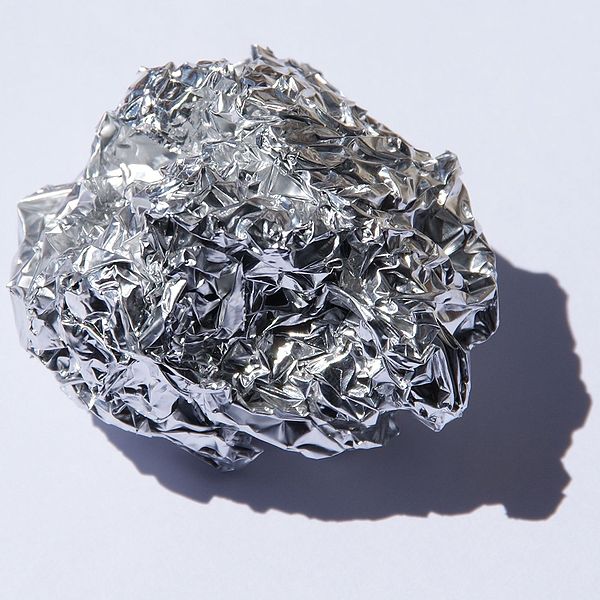Aluminium Formula
This article deals with aluminium formula. Aluminium is a silvery-white chemical element. Furthermore, it is soft, ductile, and non-magnetic in nature. The element comprises about 8% of the Earth’s crust. Moreover, it happens to be the third most abundant element and the most abundant metal in Earth’s crust. Its occurrence diminishes in the mantle of the Earth below. Also, bauxite is the chief ore of aluminium. Let us learn more about it.
What is Aluminium?
Aluminium metal is so reactive that native specimens are quite rare. Aluminium is a very difficult metal to refine. This is because of the extremely rapid oxidation rate of aluminium. The element has a low density. Furthermore, the element has the ability to resist corrosion. This is due to the phenomenon of passivation. In spite of the prevalence of aluminium in the environment, no life form uses aluminium biologically.
Derivation of Aluminium Formula
The symbol of Aluminium happens to be Al. Furthermore, if the amount of electrons and protons happens to be equal, then the element becomes neutral. This is because the positives and negatives tend to cancel each other out.
The symbol of aluminium is available on the periodic table of elements. Moreover, one can also look for the atomic number and atomic mass on the periodic table of elements. Furthermore, aluminium happens to be a lightweight silvery metal.
Most noteworthy, the charge of an aluminium ion is +3. This is because aluminium atom has three valence electrons. This certainly means that there must be a removal of 3 electrons in order to satisfy the octet rule which is associated with the noble gas. So, when it loses three electrons, the ion will attain a positive charge of 3.
Aluminium has a molecular mass of 26.98 grams. It is certainly a metallic element. The density of aluminium happens to be 2.7 g/cc. Moreover, the atomic number of aluminium is 13. An atom of aluminium has 13 protons, 14 neutrons, and 13 electrons.
Physical Properties of Aluminium
Aluminium appears as a silver or light grey powdered metal. Furthermore, this element can ignite easily. Moreover, when aluminium burns, it emits an intense flame. The appearance of aluminium uncoated powder appears as a light grey solid. Also, this element is denser than water. If aluminium comes into contact with mucous membranes, eyes, and skin, it can burn them. It may also turn out to be toxic in case someone inhales or ingests it.
Aluminium happens to be odourless by its very nature. Furthermore, the boiling point of aluminium is 4221 °F/2327 °C at 760 mm Hg. On the other hand, the melting point of aluminium is 1220 °F/660 °C. Moreover, this element is insoluble in organic solvents and water. However, it is soluble in dilute hydrochloric acid, hot water, alkalies.
Chemical Properties of Aluminium
Aluminium has the characteristics of both pre and post-transition metals. Furthermore,
Aluminium has a high affinity for oxygen. Furthermore, there is a similarity between highly negative standard electrode potential of aluminium to those of lanthanum, actinium, yttrium, and scandium, which contain
When heated, aluminium tends to react with most non-metals. Consequently, it forms compounds like aluminium sulfide, aluminium nitride, and the aluminium halides. Moreover, aluminium also forms a massive range of intermetallic compounds. Furthermore, in the presence of hot concentrated hydrochloric acid, aluminium’s reaction with water takes place along with the evolution of hydrogen.
Solved Question For Aluminium Formula
Question- What is aluminium and its formula?
Answer- Aluminium is a silvery-white chemical element that is soft, ductile, and non-magnetic in nature. Furthermore, the symbol or Aluminium formula happens to be Al.
